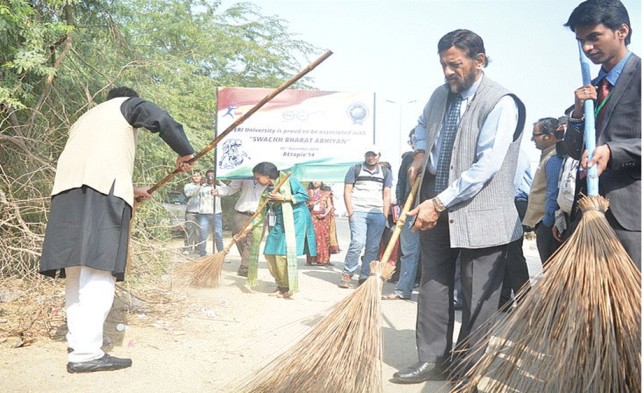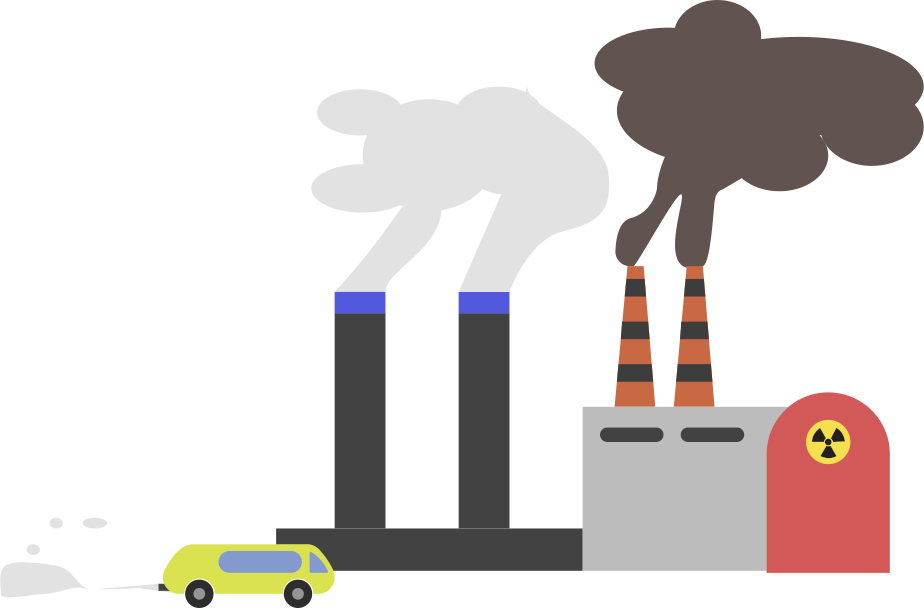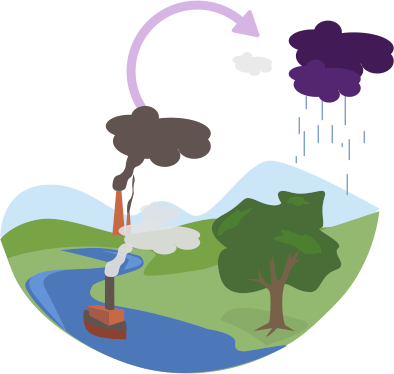ICSE Class 10 Biology Chapter 16 Selina Concise Solutions - Free PDF Download
FAQs on Concise Biology Class 10 ICSE Solutions for Chapter 16 - Pollution - A Rising Environmental Problem
1. I am confused about the difference between the Very short answers and the Short answer type questions?
Yes, it seems a little confusing at first but there is a difference between the “Very short answer” and “Short answer” type questions. In the “Very Short answer” type questions, the students are required to write answers as brief as possible, or rather in a few words, like three to four words. While in the “Short answer” type questions students are required to write the answer with a little bit of explanation. You can download the solutions provided by the Vedantu for chapter 15 Pollution – A Rising Environmental Problem, of the ICSE Class 10 Biology, Concise Selina, Book, for free to find the solutions.
2. What are the sources of Water Pollution?
There are five main sources of water pollutions which are:
1. Sewage: that is to say liquid waste that every household produces.
2. Household detergents: Meaning detergents that are used in the houses for cleaning.
3. Industrial waste: It includes the waste of small-scale and large-scale industries.
4. Oil Spills: It means the accidental discharge of petroleum in the ocean.
5. Thermal pollution: The water that is released into the streams by the industries causes Thermal pollution.
3. What purpose does the exercise for chapter 15 Pollution – A Rising Environmental Problem, of the ICSE Class 10 Biology, Concise Selina, Book, serve?
Exercise which is provided at the end of the chapter, is always helpful for the students, and it is not the case with just this chapter, but with all the chapters and of any of the exercises. Solving the exercise questions will help the students review their understanding of the topics that they have studied. If during the exercise, you find some questions difficult to answer then you can revisit the chapter and understand that topic once again. Therefore, solving the exercise of the ICSE class 10 chapter 15 Pollution is very important for the students.
4. I have solved all the questions of chapter 15 pollution by myself; why do I need solutions?
It is very much important for the students to make sure that the answers which they have written are correct, otherwise all of your work will become useless, and also it will affect your score in exams adversely. But if you have already checked the solutions and have compared your answer with the same, you can be sure that you are on the right path. Since the solutions provided by Vedantu are prepared by the top educators you will have the best solutions for the questions in your hand.
5. Why should I use the solutions of Vedantu for the ICSE class 10, Biology, chapter 15 pollution?
You should use the solutions provided by the Vedantu for chapter 15 Pollution – A Rising Environmental Problem, of the ICSE Class 10 Biology, Concise Selina, Book because it is prepared for you by the expert teachers. Our teachers are masters in their respective subjects, and in this case, the subject is Biology. Therefore, the solutions prepared by them will be easily understandable for you, and also it will cover all the necessary things in the answer to the questions. And one even more important thing, the solution for the ICSE class 10, Biology, chapter 15 is provided by Vedantu for absolutely free of cost, in a downloadable PDF format.














































